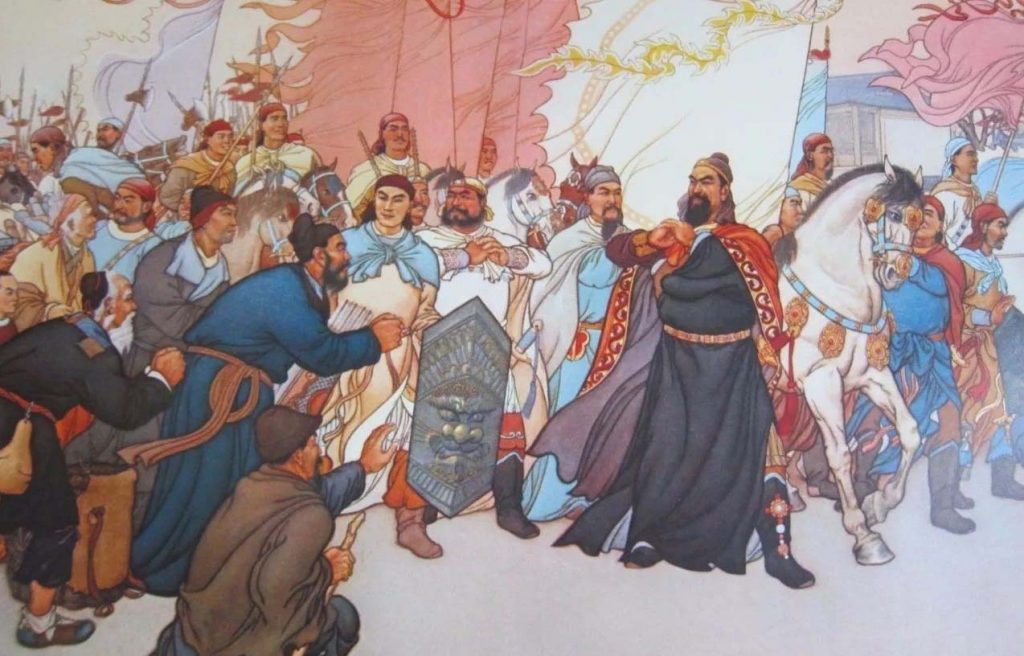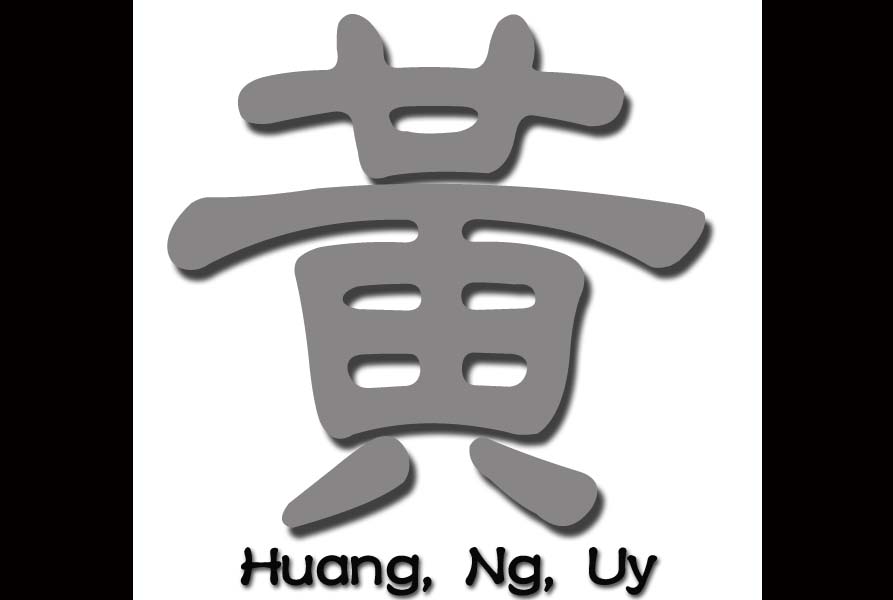There are more than 27 million Chinese who carry the 黃 surname, making it the seventh most populous in China. There are several stories about how the surname came to be, and all point to the state named 黃.
In other words, the Huangs adopted the name of the state as their own.
One story tells of a grandson named Taitai (台駘) of the youngest son of the legendary Yellow Emperor Huangdi (黃帝) who was conferred a territory at Fen Sui (汾水) River area of Shanxi (山西) province.
He established several little states there, including a small state Huang (黃). This small state was destroyed during the Spring and Autumn Period (770-476 BC). Since then, people there took Huang for their surname.
Although 黃 means yellow, the imperial color, no 黃 descendant ever became emperor in China except Huang Chao (黃巢), of the late Tang Dynasty (618-907 AD), who led a peasant uprising.

He captured the capital in 881 AD and declared himself emperor. Huang Chao’s reign was short-lived because he failed to capture and rule all of China.
Say it two ways
In the Philippines, there are two ways to say the surname 黃 in Hokkien.
When Tsinoys spell their 黃 surname in English as Uy, chances are, they or their forefathers hail from Zhangzhou (漳州) area.
In southern Fujian, before the 17th century, the main trading was in the Zhangzhou area, the Yue Gang (月港) in particular. Most of the Chinese headed for the Philippines went there to board the ship for the journey.
It is no wonder that during the first two Chinese massacres in 1603 and 1639, many of the victims were Chinese from Yue Gang, now Hai Deng (海澄).
Those who spell it Ng are likely from the Jinjiang (晋江) area or other parts of southern Fujian.
It was after 17th century that the trading port of southern Fujian shifted to Amoy (Xiamen). By then, most of the Fujianese who came to the Philippines were mainly from the Jinjiang area, including those with the 黃 surname.
By simply looking at how the surname 黃 is spelled, one can already identify the hometown area in Fujian and some information on the family history.
Incidentally, the Ng 黃 in Jinjiang Hokkien is pronounced as engg (nasal ng) and not pronounced as ng (nang in Filipino). — First published in Tulay Fortnightly, Chinese-Filipino Digest 22, no. 17 (Feb. 16-March 1, 20105): 5.
